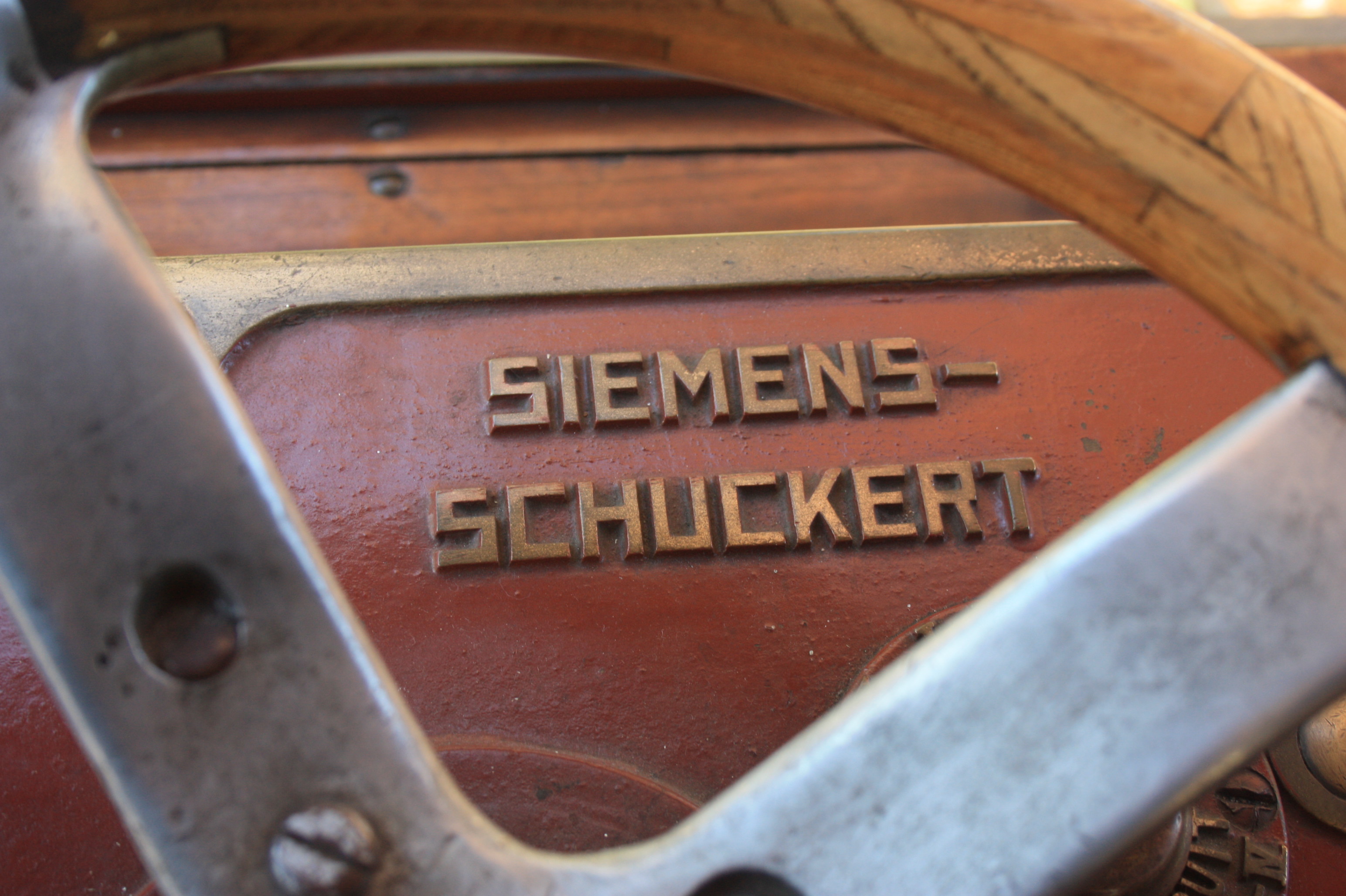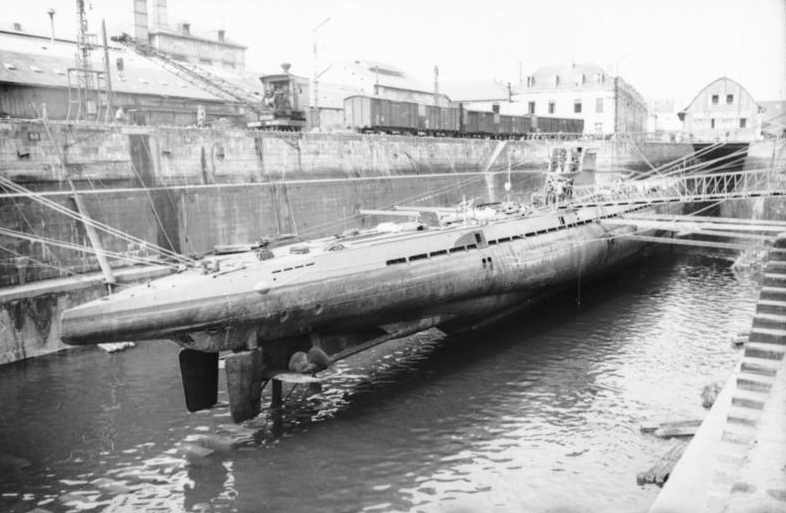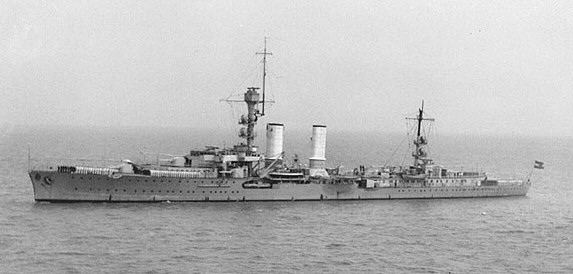|
German Submarine U-64 (1939)
German submarine ''U-64'' was a Type IXB U-boat of Nazi Germany's ''Kriegsmarine'' during World War II. She was ordered by them in July 1937. Her keel was laid down by AG Weser in Bremen in December 1938. Following about nine months of construction, she was launched in September 1939 and formally commissioned into the ''Kriegsmarine'' in December. ''U-64'' had a very short career and sank no enemy vessels. Having left her home port of Wilhelmshaven for her first war patrol on 6 April 1940, she was intercepted by Allied aircraft seven days later off the coast of Norway during the invasion of that country and was sunk by a bomb from a Fairey Swordfish aircraft of . Of her crew of 46, eight men died and 38 escaped from the sinking submarine. Construction and design Construction ''U-64'' was ordered by the ''Kriegsmarine'' on 16 July 1937 as part of Plan Z and in violation of the Treaty of Versailles. Her keel was laid down on 15 December 1938 by AG Weser in Bremen Brem ... [...More Info...] [...Related Items...] OR: [Wikipedia] [Google] [Baidu] |
Nazi Germany
Nazi Germany (lit. "National Socialist State"), ' (lit. "Nazi State") for short; also ' (lit. "National Socialist Germany") (officially known as the German Reich from 1933 until 1943, and the Greater German Reich from 1943 to 1945) was the German state between 1933 and 1945, when Adolf Hitler and the Nazi Party controlled the country, transforming it into a dictatorship. Under Hitler's rule, Germany quickly became a totalitarian state where nearly all aspects of life were controlled by the government. The Third Reich, meaning "Third Realm" or "Third Empire", alluded to the Nazi claim that Nazi Germany was the successor to the earlier Holy Roman Empire (800–1806) and German Empire (1871–1918). The Third Reich, which Hitler and the Nazis referred to as the Thousand-Year Reich, ended in May 1945 after just 12 years when the Allies defeated Germany, ending World War II in Europe. On 30 January 1933, Hitler was appointed chancellor of Germany, the head of gove ... [...More Info...] [...Related Items...] OR: [Wikipedia] [Google] [Baidu] |
Ship Commissioning
Ship commissioning is the act or ceremony of placing a ship in active service and may be regarded as a particular application of the general concepts and practices of project commissioning. The term is most commonly applied to placing a warship in active duty with its country's military forces. The ceremonies involved are often rooted in centuries-old naval tradition. Ship naming and launching endow a ship hull with her identity, but many milestones remain before she is completed and considered ready to be designated a commissioned ship. The engineering plant, weapon and electronic systems, galley, and other equipment required to transform the new hull into an operating and habitable warship are installed and tested. The prospective commanding officer, ship's officers, the petty officers, and seamen who will form the crew report for training and familiarization with their new ship. Before commissioning, the new ship undergoes sea trials to identify any deficiencies needing corre ... [...More Info...] [...Related Items...] OR: [Wikipedia] [Google] [Baidu] |
Motor–generator
A motor–generator (an M–G set) is a device for converting electrical power to another form. Motor–generator sets are used to convert frequency, voltage, or phase of power. They may also be used to isolate electrical loads from the electrical power supply line. Large motor–generators were widely used to convert industrial amounts of power while smaller motor–generators (such as the one shown in the picture) were used to convert battery power to higher DC voltages. While a motor–generator set may consist of distinct motor and generator machines coupled together, a single unit dynamotor (for dynamo–motor) has the motor coils and the generator coils wound around a single rotor; both the motor and generator therefore share the same outer field coils or magnets.Radio Amateur's Handbook 1976, pub. |
Siemens-Schuckert
Siemens-Schuckert (or Siemens-Schuckertwerke) was a German electrical engineering company headquartered in Berlin, Erlangen and Nuremberg that was incorporated into the Siemens AG in 1966. Siemens Schuckert was founded in 1903 when Siemens & Halske acquired Schuckertwerke. Subsequently, Siemens & Halske specialized in communications engineering and Siemens-Schuckert in power engineering and pneumatic instrumentation. During World War I Siemens-Schuckert also produced aircraft. It took over manufacturing of the renowned Protos vehicles in 1908. In World War II, the company had a factory producing aircraft and other parts at Monowitz near Auschwitz. There was a workers camp near the factory known as Bobrek concentration camp. The Siemens Schuckert logo consisted of an S with a smaller S superimposed on the middle with the smaller S rotated left by 45 degrees.Siemens used this as a theme for their logos with absorbed companies: Siemens & Halske's logo was a large S with a small sup ... [...More Info...] [...Related Items...] OR: [Wikipedia] [Google] [Baidu] |
Diesel Engine
The diesel engine, named after Rudolf Diesel, is an internal combustion engine in which ignition of the fuel is caused by the elevated temperature of the air in the cylinder due to mechanical compression; thus, the diesel engine is a so-called compression-ignition engine (CI engine). This contrasts with engines using spark plug-ignition of the air-fuel mixture, such as a petrol engine (gasoline engine) or a gas engine (using a gaseous fuel like natural gas or liquefied petroleum gas). Diesel engines work by compressing only air, or air plus residual combustion gases from the exhaust (known as exhaust gas recirculation (EGR)). Air is inducted into the chamber during the intake stroke, and compressed during the compression stroke. This increases the air temperature inside the cylinder to such a high degree that atomised diesel fuel injected into the combustion chamber ignites. With the fuel being injected into the air just before combustion, the dispersion of the fuel is une ... [...More Info...] [...Related Items...] OR: [Wikipedia] [Google] [Baidu] |
Supercharged
In an internal combustion engine, a supercharger compresses the intake gas, forcing more air into the engine in order to produce more power for a given displacement. The current categorisation is that a supercharger is a form of forced induction that is mechanically powered (usually by a belt from the engine's crankshaft), as opposed to a turbocharger, which is powered by the kinetic energy of the exhaust gasses. However, up until the mid-20th century, a turbocharger was called a "turbosupercharger" and was considered a type of supercharger. The first supercharged engine was built in 1878, with usage in aircraft engines beginning in the 1910s and usage in car engines beginning in the 1920s. In piston engines used by aircraft, supercharging was often used to compensate for the lower air density at high altitudes. Supercharging is less commonly used in the 21st century, as manufacturers have shifted to turbochargers to reduce fuel consumption and/or increase power outputs. Des ... [...More Info...] [...Related Items...] OR: [Wikipedia] [Google] [Baidu] |
MAN SE
MAN SE (abbreviation of ''Maschinenfabrik Augsburg-Nürnberg'', ) was a manufacturing and engineering company based in Munich, Germany. Its primary output was commercial vehicles and diesel engines through its MAN Truck & Bus and MAN Latin America divisions, and participation in the manufacturer Sinotruk. MAN SE was majority-owned by Traton, the heavy commercial vehicle subsidiary of automaker Volkswagen AG, until August 2021 when Traton completed a squeeze out of all remaining shareholders and formally merged MAN SE into Traton SE, meaning the former subsidiaries of MAN SE were now directly owned by Traton, and MAN SE ceased to exist. History Foundation MAN traces its origins back to 1758, when the "St. Antony" ironworks commenced operation in Oberhausen, as the first heavy-industry enterprise in the Ruhr region. In 1808, the three ironworks "St. Antony", "Gute Hoffnung" (English: "Good Hope"), and "Neue Essen" (English: "New Forges") merged, to form the Hüttengewerks ... [...More Info...] [...Related Items...] OR: [Wikipedia] [Google] [Baidu] |
Draught (ship)
The draft or draught of a ship's hull is the vertical distance between the waterline and the bottom of the hull (keel). The draught of the vessel is the maximum depth of any part of the vessel, including appendages such as rudders, propellers and drop keels if deployed. Draft determines the minimum depth of water a ship or boat can safely navigate. The related term air draft is the maximum height of any part of the vessel above the water. The more heavily a vessel is loaded, the deeper it sinks into the water, and the greater its draft. After construction, the shipyard creates a table showing how much water the vessel displaces based on its draft and the density of the water (salt or fresh). The draft can also be used to determine the weight of cargo on board by calculating the total displacement of water, accounting for the content of the ship's bunkers, and using Archimedes' principle. The closely related term "trim" is defined as the difference between the forward and aft ... [...More Info...] [...Related Items...] OR: [Wikipedia] [Google] [Baidu] |
Beam (nautical)
The beam of a ship is its width at its widest point. The maximum beam (BMAX) is the distance between planes passing through the outer extremities of the ship, beam of the hull (BH) only includes permanently fixed parts of the hull, and beam at waterline (BWL) is the maximum width where the hull intersects the surface of the water. Generally speaking, the wider the beam of a ship (or boat), the more initial stability it has, at the expense of secondary stability in the event of a capsize, where more energy is required to right the vessel from its inverted position. A ship that heels on her ''beam ends'' has her deck beams nearly vertical. Typical values Typical length-to-beam ratios ( aspect ratios) for small sailboats are from 2:1 (dinghies to trailerable sailboats around ) to 5:1 (racing sailboats over ). Large ships have widely varying beam ratios, some as large as 20:1. Rowing shells designed for flatwater racing may have length to beam ratios as high as 30:1, while a cor ... [...More Info...] [...Related Items...] OR: [Wikipedia] [Google] [Baidu] |
Type IXA Submarine
The German Type IXA submarine was a sub-class of the German Type IX submarine built for Nazi Germany's ''Kriegsmarine'' between 1937 and 1938. These U-boats were designed between 1935 and 1936 and were intended to be fairly large ocean-going submarines. The inspiration for the Type IXA submarine came from the German Type IA submarine, which had a similar diving depth and identical submerged horsepower. Two of the eight Type IXA submarines ( and ) would become the 6th and 10th most successful U-boats that saw service in World War II, sinking 53 and 35 ships respectively. All of the Type IXA submarines were sunk fairly early in the war except for ''U-37'' and ''U-38'', which were scuttled in May 1945 to prevent them from falling into the hands of the Allies. Construction All Type IXA submarines were ordered by the ''Kriegsmarine'' between 29 July 1936 and 21 November 1936 as part of Plan Z and the overall German plan of re-armament in violation of the Treaty of Versailles. Th ... [...More Info...] [...Related Items...] OR: [Wikipedia] [Google] [Baidu] |
Kapitänleutnant
''Kapitänleutnant'', short: KptLt/in lists: KL, ( en, captain lieutenant) is an officer grade of the captains' military hierarchy group () of the German Bundeswehr. The rank is rated OF-2 in NATO, and equivalent to Hauptmann in the Heer and Luftwaffe. It is grade A11 or A12 in the pay rules of the Federal Ministry of Defence. Address In line with ZDv 10/8, the formal manner of addressing people with the rank ''Kapitänleutnant'' (OF-2) is "Herr/Frau Kapitänleutnant". However, in German tradition and in line with seamen's language, the title is abbreviated to "Herr/Frau Kaleu" in verbal communication (contemporary usage). Historically, in the Wehrmacht, the abbreviation spoken was "Herr Kaleun". Rank and assignment The United States Navy's rank of lieutenant is equal to ''Kapitänleutnant'' in NATO's military hierarchy (classed as OF-2). However German Navy ''Kapitänleutnant'' might be assigned to the so-called “line officer career” (de: Truppendienstlaufbahn or Truppe ... [...More Info...] [...Related Items...] OR: [Wikipedia] [Google] [Baidu] |
Plan Z
Plan Z was the name given to the planned re-equipment and expansion of the ''Kriegsmarine'' (German navy) ordered by Adolf Hitler in early 1939. The fleet was meant to challenge the naval power of the United Kingdom, and was to be completed by 1948. Development of the plan began in 1938, but it reflected the evolution of the strategic thinking of the ''Oberkommando der Marine'' (Naval High Command) over the two decades following World War I. The plan called for a fleet centered on ten battleships and four aircraft carriers which were intended to battle the Royal Navy. This force would be supplemented with numerous long-range cruisers that would attack British shipping. A relatively small force of U-boats was also stipulated. When World War II broke out in September 1939, almost no work had been done on the new ships ordered under Plan Z. The need to shift manufacturing capacity to more pressing requirements forced the ''Kriegsmarine'' to abandon the construction program, and only a ... [...More Info...] [...Related Items...] OR: [Wikipedia] [Google] [Baidu] |
_underway_2009.jpg)





